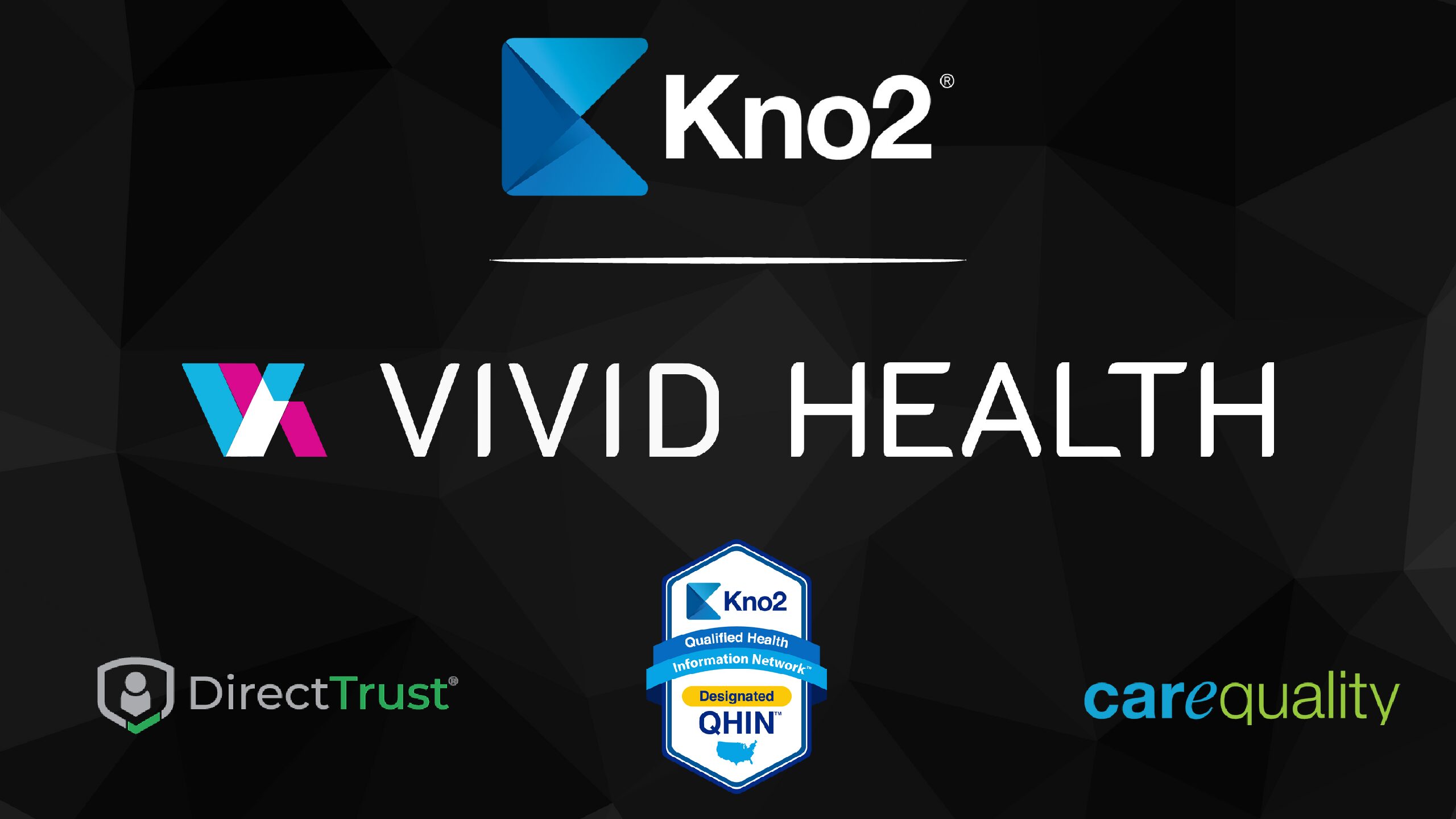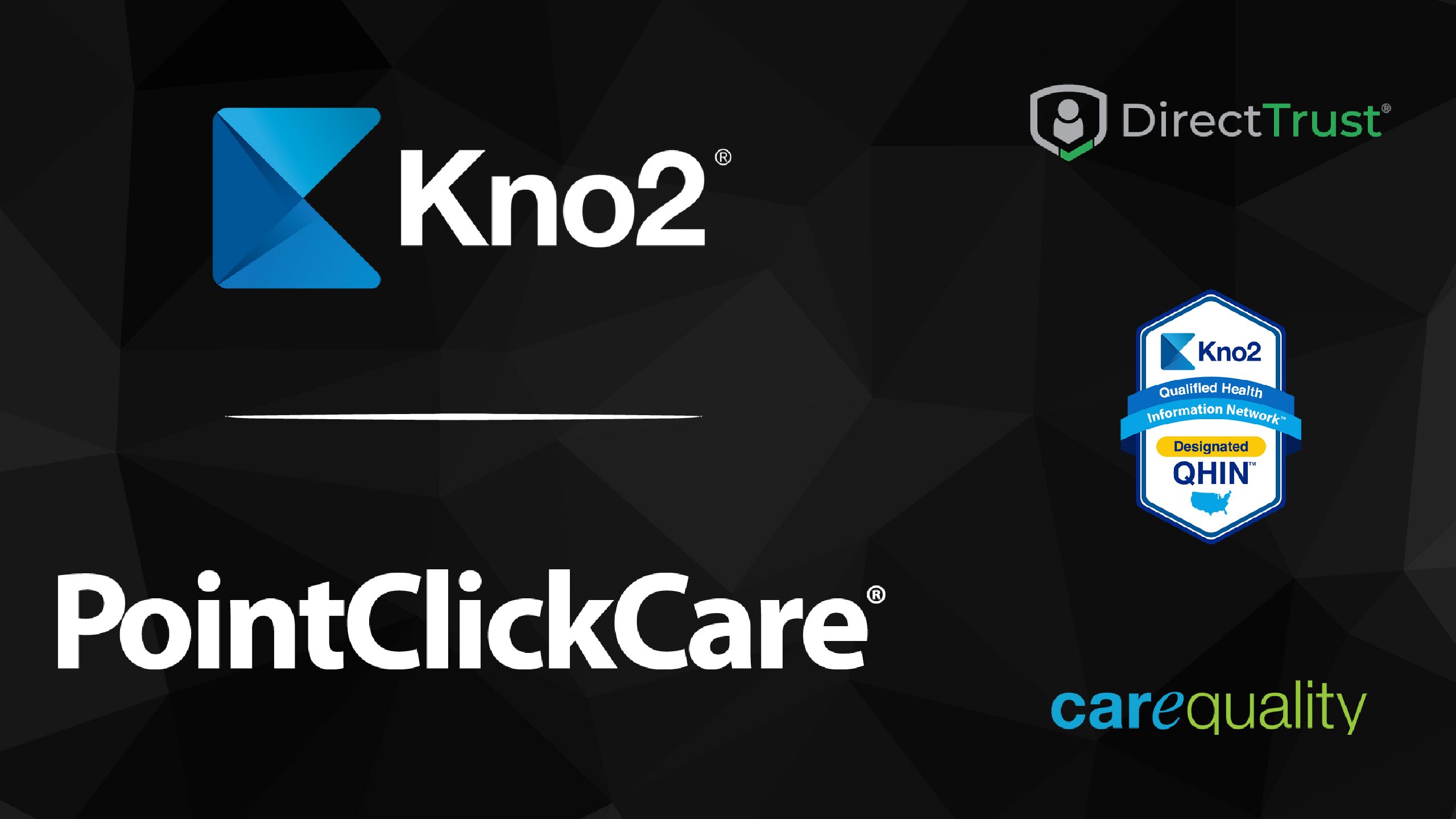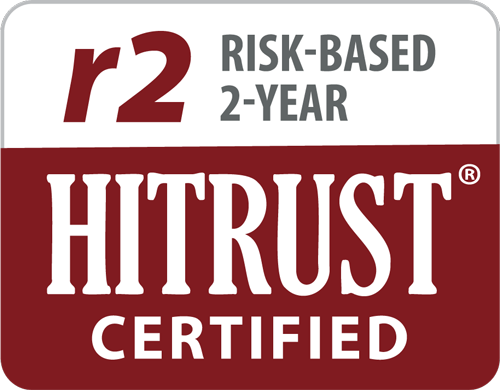Interoperability in healthcare has long been a goal for improving patient care, enhancing provider efficiency, and optimizing healthcare operations. The Trusted Exchange Framework and Common Agreement (TEFCA) and Qualified Health Information Networks (QHINs) represent the latest advancements in this ongoing journey.
The Evolution of Interoperability
The journey toward healthcare data interoperability has seen considerable change, with technology serving as a key driver of change.
Early Efforts and Challenges: Before computers, healthcare providers relied on paper records. These files were cumbersome to share, often difficult to read, and prone to errors. The transition to electronic health records (EHRs) began to address these issues but introduced new challenges in data sharing across different systems.
Interoperability Frameworks: Carequality and CommonWell were the first two initiatives to mark significant steps toward interoperability. Carequality provided a framework for health information exchange (HIE) by establishing common standards and policies.1 CommonWell Health Alliance focused on creating a vendor-neutral platform to facilitate data sharing among its members1. Both initiatives improved data exchange but were limited by their scope and the voluntary nature of participation.
The Advent of TEFCA/QHIN
TEFCA, introduced under the 21st Century Cures Act, aims to build on the successes of Carequality and CommonWell while addressing their limitations. TEFCA consists of two main components:
- Trusted Exchange Framework: This outlines the principles and policies for secure and efficient data sharing.
- Common Agreement: This legal framework governs the data exchange between networks2.
QHINs are the operational arms of TEFCA, responsible for facilitating the actual exchange of health information across different networks.
Key Differences and Advantages of TEFCA/QHIN
TEFCA/QHIN introduces several iterative improvements over previous interoperability efforts.
National Scope and Mandate: Unlike Carequality and CommonWell, which were voluntary and limited in scope, TEFCA aims for nationwide interoperability. It provides a standardized approach that all participating entities must follow, ensuring consistency and broad adoption2.
Regulatory Support: TEFCA is backed by federal regulations, providing a stronger impetus for adoption. The Department of Health and Human Services’ Assistant Secretary for Technology Policy (ASTP) oversees its implementation, ensuring compliance and addressing challenges3.
Enhanced Data Standards: TEFCA promotes the use of modern data standards like Fast Healthcare Interoperability Resources (FHIR), which facilitate more efficient and comprehensive data exchange4. This is a significant step forward from the document-based exchanges of the past.
Incentives for Participation: TEFCA includes incentives for healthcare providers and organizations to participate, such as reducing information blocking regulations and improving access to patient data3. These incentives encourage broader participation and faster adoption.
Impact on Providers, Healthcare Businesses, and Patients
TEFCA delivers key benefits to all participants within the healthcare ecosystem.
Providers: TEFCA/QHIN enhances providers’ ability to access complete patient records, improving decision-making and reducing redundancies. It also facilitates better coordination of care, especially for patients seeing multiple specialists4.
Healthcare Businesses: For healthcare organizations, TEFCA/QHIN streamlines administrative processes, reduces costs, and enhances data analytics capabilities. This leads to more efficient operations and better strategic planning4.
Patients: Patients benefit from improved access to their health information. This enhances safety through reduced medical errors and allows greater engagement in their care. Interoperability ensures that their medical records follow them wherever they go, providing continuity of care4.
Strengthening the Healthcare System
At a macro level, TEFCA/QHIN strengthens the entire healthcare system by:
- Improving Public Health Surveillance: Enhanced data sharing supports better tracking of disease outbreaks and public health trends5.
- Supporting Research and Innovation: Access to comprehensive data sets facilitates medical research and the development of new treatments5.
- Informing Policy Development: Policymakers can use aggregated data to create informed healthcare policies, leading to better health outcomes5.
Conclusion
TEFCA/QHIN represents a significant advancement in the quest for interoperability. By building on the foundations laid by Carequality and CommonWell, TEFCA aims to create a unified, nationwide framework for health information exchange. This not only enhances the efficiency and effectiveness of healthcare providers and organizations but also empowers patients and strengthens the entire healthcare system.
As we move forward, the adoption of TEFCA/QHIN will be crucial in realizing the full potential of interoperability in healthcare.
Learn more about how Kno2’s QHIN status.






